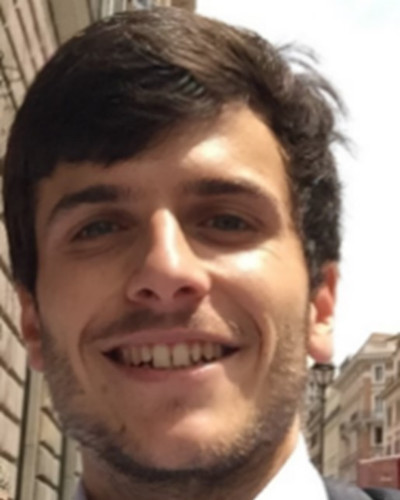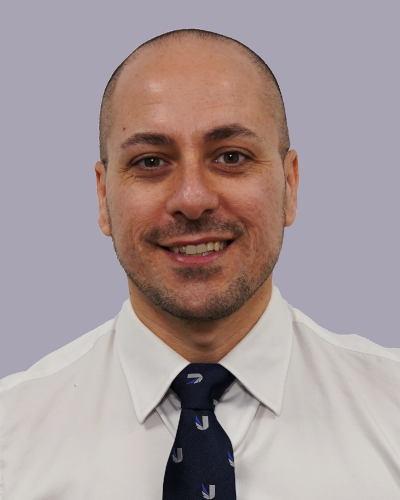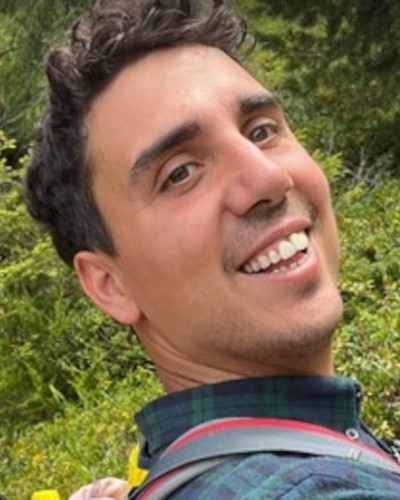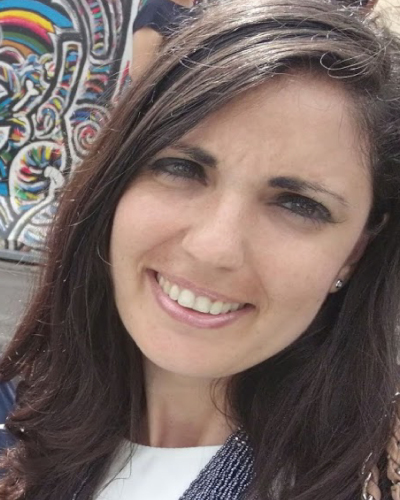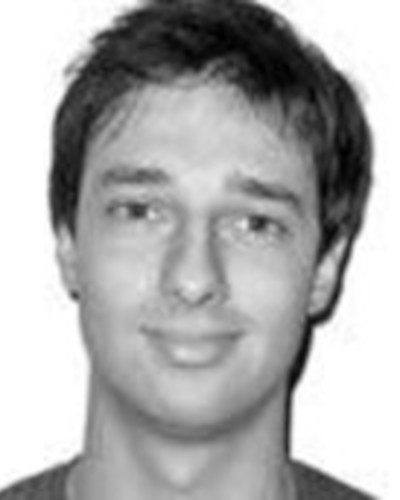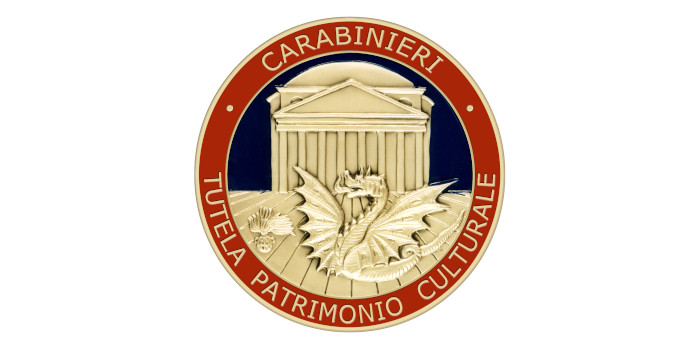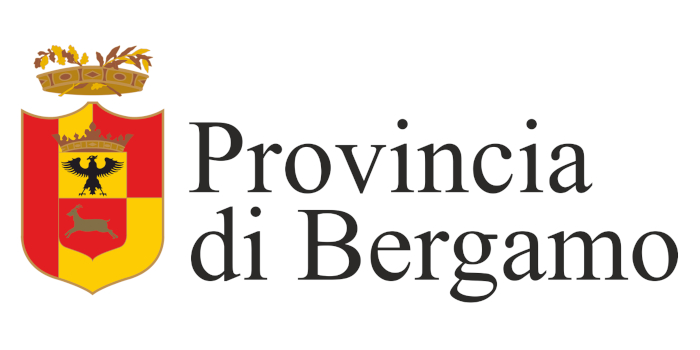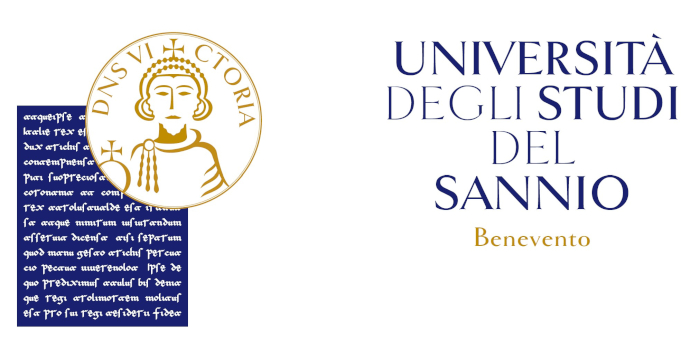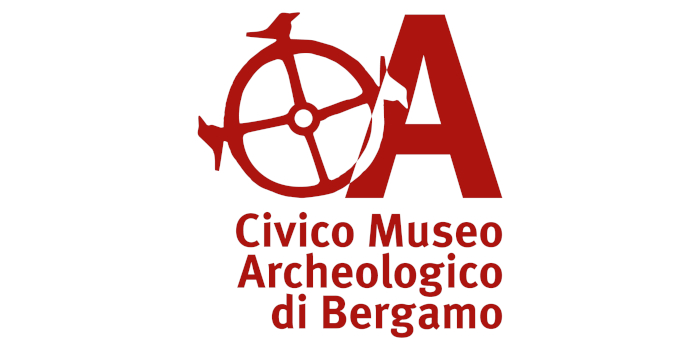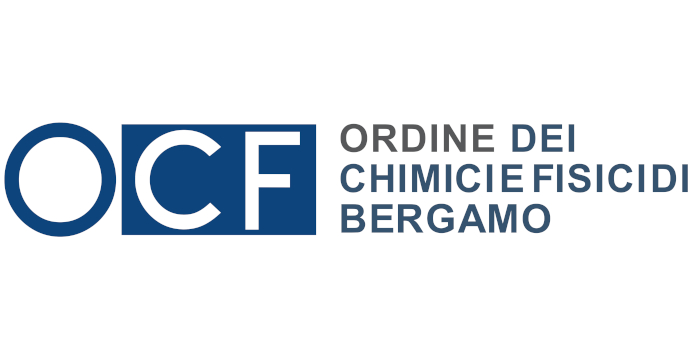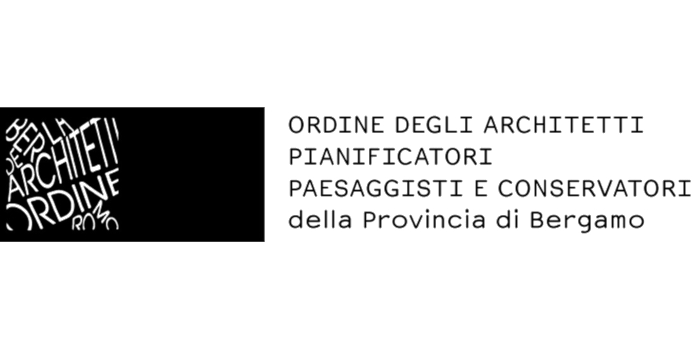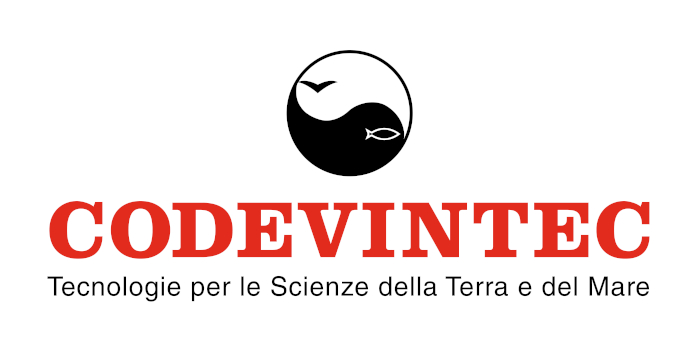SPECIAL SESSION #8
Integrated Methods, Theories And Applications For Structural Health Monitoring And Assessment Of Ancient Constructions
ORGANIZED BY
Pietro Meriggi
Roma Tre University, Department of Civil, Computer Science and Aeronautical Technologies Engineering, Italy
Fabio Tosti
University of West London, School of Computing and Engineering, UK
Luca Bianchini Ciampoli
Roma Tre University, Department of Civil, Computer Science and Aeronautical Technologies Engineering, Italy
Iolanda Gaudiosi
Institute of Environmental Geology and Geo-Engineering, National Research Centre (CNR), Italy
Vittorio Paris
Department of Engineering and Applied Sciences, University of Bergamo, Italy
ABSTRACT
Brief description:
The growing interest in cultural heritage preservation is leading to an increasing recognition of the importance of using advanced survey tools and their integration for the assessment of the structural safety of ancient constructions. Digital surveying technologies such as laser scanning, photogrammetry, and unmanned aerial vehicles (UAVs) allows to create comprehensive geometrical models. Non-destructive testing (NDT) methods, including Ground-Penetrating Radar (GPR), Infrared Thermography (IRT), Acoustic Emission (AE), Ultrasonic Testing (UT), Magnetic Resonance Imaging (MRI), noise measurements offer valuable insights into the condition, composition, and structural integrity of historical buildings. Structural health monitoring (SHM) systems, including both traditional sensors (e.g., accelerometers and velocimeters, strain gauges, displacement sensors) and advanced techniques (image and video processing and contactless sensors) allows for a deeper understanding of the structural behaviour, both static and dynamic, and the damage conditions. The amount of information collected allows to implement structural models for analysis via analytical, graphical, as well as numerical techniques and assessment of cultural heritage under multiple hazards, within the framework of an integrated modelling typical of Heritage BIM. This dramatically contributes to enhance our understanding of the structural behaviour, assessing the safety of structures, predicting possible failures and planning conservation and restoration operations.
Scope and motivation:
This special session aims at presenting the potential of deploying the aforementioned tools, by sharing insights on the main challenges and opportunities of their combination to develop multi-survey approaches for the structural analysis of cultural heritage buildings. Additionally, the session is aimed to explore the implications of these methods for conservation and restoration interventions.
TOPICS
Organizers invite submissions of abstracts for presentations related to the theme of the special session. Topics of interest, focused on cultural heritage constructions, include but are not limited to the followings:
- Non-destructive testing (NDT);
- Structural health monitoring (SHM) with conventional and innovative systems;
- Remote Sensing for grand-scale monitoring and evaluation;
- Immersive technologies for cultural heritage management;
- Image-processing techniques for geometry identification and structural monitoring;
- Digital surveys for structural models generation;
- Analytical, graphical and numerical analysis;
- Structural conservation and restoration interventions;
- Integration of multi-survey data for structural analysis;
- Case studies demonstrating the practical applications of multi-survey approaches;
- Assessment of performance indicators after natural catastrophes;
- Risk assessment of cultural heritage under multiple hazards;
- Experiences of process of accumulation and amplification of multiple geo-hazards which increases the susceptibility of ancient constructions to various geological risks;
- Heritage Building Information Modelling (H-BIM);
- Review papers in related research areas will be also considered.
ABOUT THE ORGANIZERS
Pietro Meriggi is an Assistant Professor (RTD/A researcher) in structural Engineering (SSD ICAR09, Tecnica delle Costruzioni – Building Technology) at the Department of Civil, Computer Science and Aeronautical Technologies Engineering of Roma Tre University. He is a member of the Structures Research Group and lecturer for the MSc Course of Sustainable Structural Design and Retrofitting. Born in 1992, he got his BSc in 2014, his MSc in 2017, and his PhD (European Doctorate Label) in Civil Engineering in 2021 at Roma Tre University. During the PhD he was a Visiting PhD Student at Laboratoire des Matériaux Composites pour la Construction (LMC2) – Université Claude Bernard Lyon 1, Lyon, France (November 2019), and at IFSTTAR – Université Gustave Eiffel – Laboratoire Navier, Champs sur Marne (Paris), France (January – March 2020). Before getting his current position, he was a postdoctoral research assistant at Roma Tre University (2021-2022). Pietro's scientific field of interest is the analysis, monitoring and preservation of existing and historical buildings, with a particular focus in the conservation of cultural heritage. Laboratory and field testing of both traditional and innovative materials and of full-scale masonry structural members, analytical and numerical (discrete element modelling – DEM) analysis of the static and seismic behaviour of masonry constructions, development and design of composite systems for structural strengthening (FRCM, CRM), non-destructive surveying and monitoring of existing structures with innovative digital systems (digital photogrammetry and image/video processing techniques), are the main activities carried out by Pietro in his research work. On these topics, Pietro was/is involved in research projects, both in quality of principal investigator and task leader, and consulting activities, and is author of 37 scientific publications including papers in International Journals, Conference proceedings, a guideline and a contribution to a volume on his PhD Thesis, which was awarded as best doctoral thesis of the three-year period 2018-2020 in "Innovation in Concrete Structures and Cementitious Materials (4th edition)" by Federbeton - ACI Italy Chapter. He was/is reviewer of International Scientific Journals and research projects (e.g., VINCI 2023 Programme promoted by Université Franco Italienne), invited speaker at the ACI Italy Chapter - Innovation in Concrete Structures and Cementitious Materials 2020 and at the Research Seminar Programme “Concrete and Earthquake Engineering Group” 2021 (University of Sheffield, UK). He is Invited Young Teacher at the International Summer School on Historic Masonry Structures (since 2021) and member of the Organizing Committee of the International Project Week (IPW) European Programme (since 2018). He has been/is supervisor of 5 Msc Theses, and co-supervisor of about 20 MSc Theses and 3 PhD These in Civil Engineering at Roma Tre University and of 2 M1 Theses of ENS Paris-Saclay’s Students. Pietro has recently been involved in International Technical Committees, including the RILEM TC 250-CSM “Composites for sustainable strengthening of masonry” and the ACI 549 0L – RILEM TC 250 CSM Liaison Subcommittee “Design and Construction of Externally Bonded Fabric Reinforced Cementitious Matrix (FRCM) Systems for Repair and Strengthening Masonry Structures”.
Fabio Tosti (M’17–SM’19) received the M.Sc. and Eng. degrees (cum laude) in Infrastructure and Transportation Engineering from Roma Tre University, Rome, Italy, in 2010, and the Ph.D. degree in Civil Engineering with European Doctorate Label (excellent rating) from Roma Tre University, in 2014. A registered Chartered Engineer, he is a Professor of Civil Engineering at the School of Computing and Engineering, University of West London (UWL), London, U.K., and the Director of “The Faringdon Research Centre for Non-Destructive Testing and Remote Sensing” at UWL. His research interests include the development of new algorithms, methodologies, and models for geoscience applications and the non-destructive and remote sensing assessment, repair, and maintenance of civil and green infrastructure, and cultural heritage. He has authored/coauthored over 210 research publication records in international journals, conferences, and books and delivered numerous keynotes and invited lectures. Prof. Tosti was a recipient of the ECSs Award by the European Geosciences Union (EGU) in 2017 and several Best Paper Awards at International Conferences, including the 2023 2nd International Conference on Geographic Information and Remote Sensing Technology (GIRST 2023), the 2021 IEEE Asia–Pacific Conference on Geoscience, Electronics and Remote Sensing Technology (AGERS2021) and the IEEE 2020 43rd International Conference on Telecommunications and Signal Processing (TSP2020). He was the General Co-Chair of the 3rd and 2nd International Workshop on Signal Processing Techniques for Ground Penetrating Radar Applications in 2022 and 2020 (TSP—IEEE Conf. Record 49548), respectively, and he served as the main organiser, scientific committee member and chair of technical sessions in 50+ international conferences and workshops. He served as the managing guest editor for various journals. He is the Editor-in-Chief of NDT (MDPI), and an Associate Editor of the International Journal of Pavement Engineering (IJPE), Remote Sensing (MDPI), Frontiers in Remote Sensing, Geoscientific Instrumentation, Methods and Data Systems (GI), and the Journal of Railway Engineering.
Luca Bianchini Ciampoli earned the M.Sc. in Infrastructure and Transportation Engineering from Roma Tre University in Rome, Italy, in 2014, where he also achieved a Ph.D. in Civil Engineering with the European Doctorate Label in 2018. He currently serves as Tenure Track Researcher at the Department of Civil, Computer Science and Aeronautical Technologies Engineering (DICITA) at Roma Tre University. In the same Department, he currently holds the courses of "Technical Drawing in Civil Engineering" and "Design of Aeronautical Infrastructures." His research focuses on the development of data fusion and data integration algorithms in the context of non-destructive survey methods, with specific applications in transportation infrastructures and cultural heritage. He has authored 75 scientific peer-reviewed publications in international journals, conferences, and books and has delivered numerous keynote and invited lectures. He has also served as an invited expert on the Advisory Committee of the Italian High Council of Public Works for the design review of transportation infrastructures. Furthermore, he has chaired various scientific sessions at international conferences related to geosciences, including the "European Geosciences Union General Assembly (EGU)," "Earth Resources and Environmental Remote Sensing/GIS Applications (in SPIE)," and the "1st International Workshop on Signal Processing Techniques for Ground Penetrating Radar Applications (SPT4GPRA)." He has also acted as a Guest Editor for several high-impact, field-related international journals, such as NDT&E International, Remote Sensing, and Sensors.
Iolanda Gaudiosi received her PhD in Civil and Environmental Engineering within the course: "Prevention and Mitigation of Environmental and seismic risk for new and existing buildings", at L'Aquila University. Currently, she is a researcher (permanent position) at the Institute of Environmental Geology and Geo-engineering of the National Research Council (CNR IGAG), where she works on novel approaches and procedures capable of including site effects in seismic hazard maps and risk scenarios. She is Responsible of the Laboratory GeALab – Laboratory for Geophysics Applied to the environmental geology, the heritage and the earthquake engineering of the Istituto di Geologia Ambientale e Geoingegneria, CNR IGAG and she is the Principal Investigator of the TOSEN Project: TOwards stochastic Site Effects estimates at the National scale, a Project inserted in the framework of the HPC PNRR Project for using computational resources on the HPC Bubble on INFN Cloud. She is the Scientific coordinator of the Project EEWS between the DIPARTIMENTO DI INGEGNERIA ELETTRONICA, UNIVERSITÀ DI TOR VERGATA and the CNR IGAG and of the Project between the Istituto di Scienze del Patrimonio Culturale and the CNR IGAG. She is WorkPackage 1 and 3 Coordinator for the activities carried out in the framework the Project PRIN2020 SERENA, Mapping seismic site effects at regional and national scale - SERENA". She has taken part in local seismic response studies in the municipal areas of Amatrice (Central Italy) and in several municipalities of the Marche Region, struck by the 2016-2017 seismic sequence. She has also collaborated with the National Civil Protection in the recent 2016-2017 emergency. From January 2013 to September 2015 she worked at the National Institute of Geophysics and Volcanology in the PON "MASSIMO" (Monitoraggio in Area Sismica di SIstemi MOnumentali) Project at the CNT (Centro Nazionale Terremoti) - Section of Rende (CS), where she was involved in the buildings resonance frequencies evaluation and estimate of the modal shapes from ambient vibration data by applying OMA (Operational Modal analyses) methods. She is author of different publications and research products in the aforementioned topics.
Vittorio Paris is a Researcher at the Department of Engineering and Applied Science, University of Bergamo, and is a coordinator of a research collaboration project with the Form Finding Lab at Princeton University. In 2019, he earned his PhD with a thesis titled: ‘On the equilibrium of self-balanced shells under construction - Crossherringbone technology’, focussing on the construction and structural analysis of scaffold-free shells. His research encompasses diverse facets of masonry structures within the context of limit analyses and distinct element modelling, as well as their construction utilizing emerging technologies, including augmented reality and automation.


